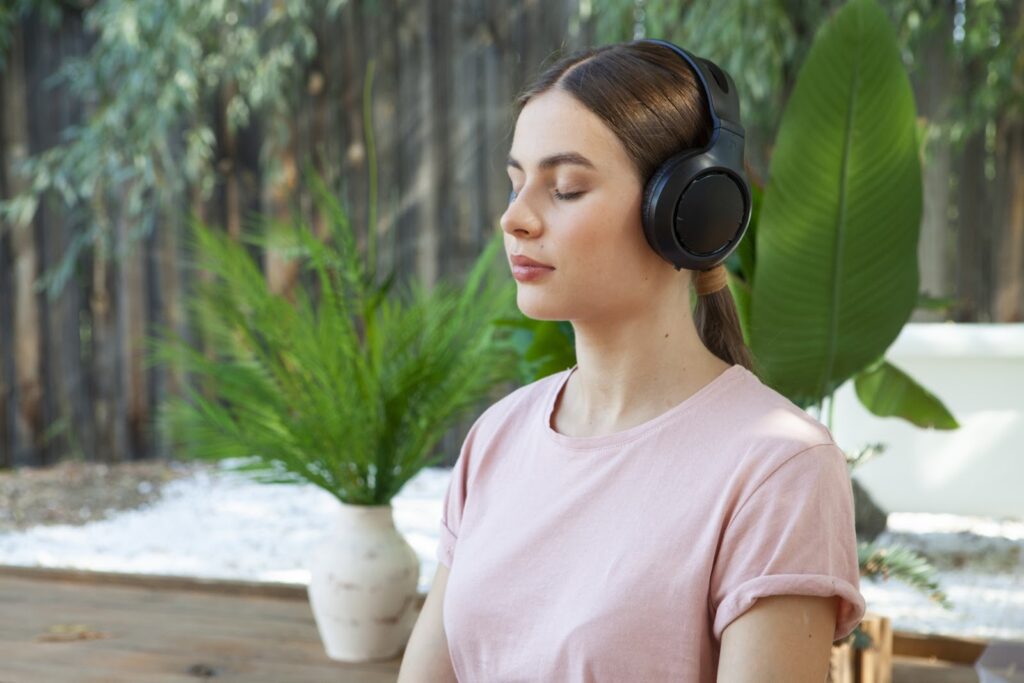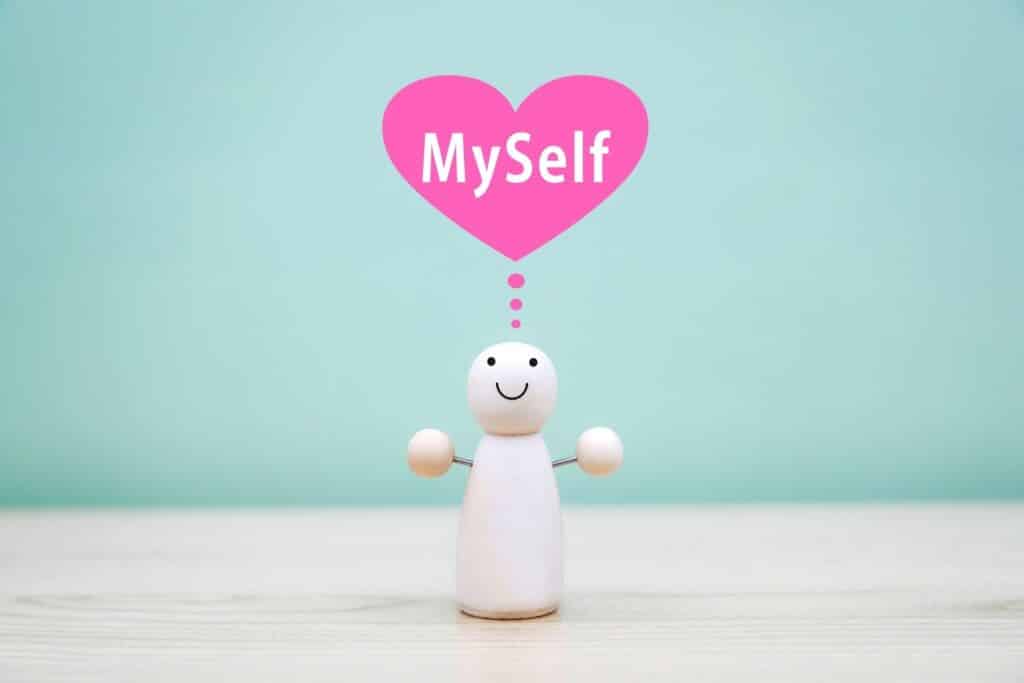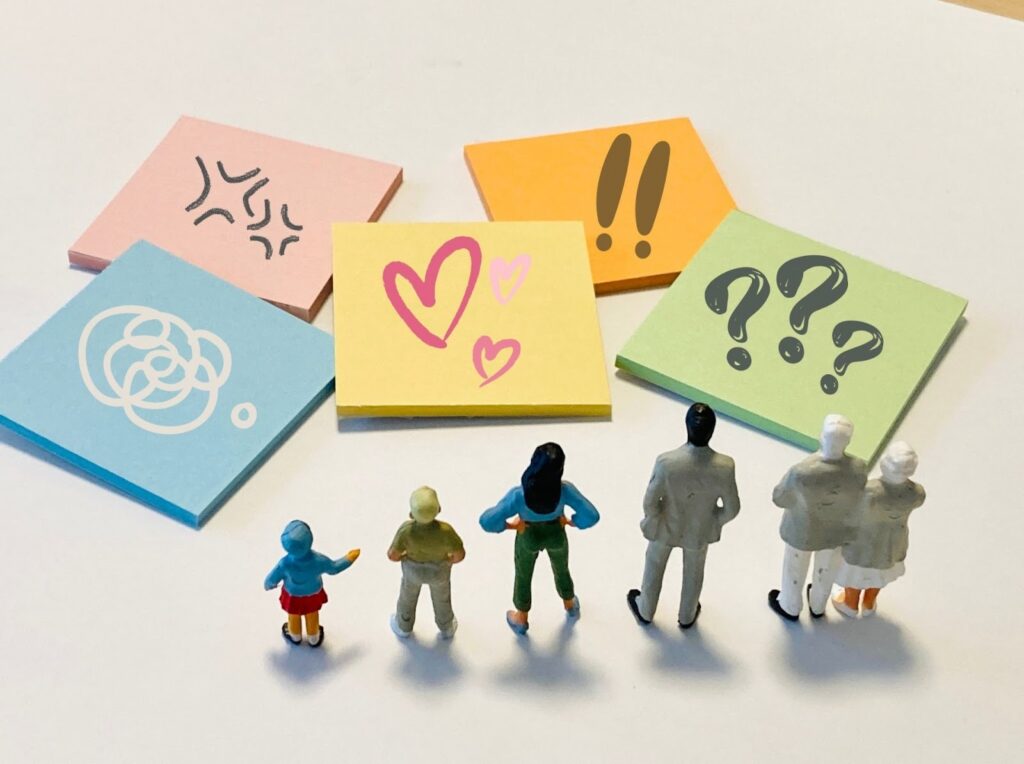Peace and Mind: 3 Daily Practices to Restore Inner Calm

Quick Summary
Many people search for peace and mind in their busy lives. True peace and mind are not permanent destinations, but daily practices that help us return to balance again and again. By taking small actions—short meditation, gentle self-talk, and evening release—you can reconnect with inner stability and clarity.
- 1-minute reset: Restore focus and reduce stress
- Gentle words: Nurture self-compassion
- Night release: Let go of daily emotions
- Peace and mind daily: Simple and sustainable
Introduction
When was the last time you felt steady inside, without distractions or pressure? Even with daily meditation, life’s noise—notifications, deadlines, social comparisons—pulls us off center. Peace and mind are not something we achieve once and keep forever; they are places we return to, again and again.
In my own practice, morning and evening meditation set the tone, yet waves of unease still arrive. The key is not to fight those waves, but to have simple rituals that help us return. Here are three practices that restore peace and mind in daily life, supported by both personal experience and research.
1. A 1-Minute Reset: Re-centering Your Mindset

Morning often starts calmly, but by afternoon my mind can easily be shaken. When emails flood in all at once or when I scroll through social media and feel like I’m falling behind, anxiety and restlessness take over inside me.
In those moments, I intentionally pause for just one minute. Here, mindset is not a corporate buzzword—it’s the way I interpret events and hold my inner stance. For me, it means gently returning to my own center, like guiding a drifting ship back to harbor.
My way of resetting is simple:
- I open the Gassho app and play chanting or nature sounds
- I close my eyes and focus only on the sound
- I don’t try to control my breathing—I just listen
At first, my head kept spinning with thoughts like, “I still haven’t replied to that message” or “I should be doing more.” But even within a single minute of listening, I noticed my scattered feelings starting to settle.
Another practice I often add is naming my emotions. For example: “Right now, I’m anxious,” or “I’m comparing myself and feeling down.” When I give my emotions a name, they stop storming around inside me—they become more contained.
Science supports this: research shows that labeling emotions reduces distress and calms the brain’s stress circuits. The Greater Good’s Naming Your Emotions practice explains how putting feelings into words can reduce their intensity in real time.
Peace and mind are not achieved in long retreats—they return in the smallest pauses of daily life.
2. The Power of Words: Gentle Self-Talk as Inner Care

We often absorb external criticism, but ignore the harsher criticism inside us. Thoughts like “I’m not enough” or “I need to push harder” can chip away at peace and mind.
During meditation, new, kinder phrases began to emerge for me naturally:
- “I move at my own pace.”
- “It’s okay not to be perfect.”
- “I honor what I did today.”
This shift is deeply connected with self-compassion — treating yourself with the same kindness you’d give a friend. Kristin Neff’s research on self-compassion identifies three core components: self-kindness, common humanity, and mindfulness.
Research shows self-compassion reduces anxiety, strengthens resilience, and improves psychological well-being. By swapping self-criticism with gentle language, peace and mind find fertile ground to grow.
3. Night Meditation for Release: Letting Emotions Rest

At night, I open the Gassho app and listen to chants or nature sounds while sitting quietly. Yet sometimes my mind replays the day again and again—unfinished tasks, tense interactions, lingering worries.
When that happens, I choose just one feeling from the day and put it into words:
- “I pushed myself too hard.”
- “I judged myself harshly.”
- “I tried but things didn’t work out.”
But I have to admit, this was not easy at first. Simply acknowledging without judging—saying “That’s what happened”—felt awkward and unnatural. My mind wanted to analyze or criticize.
Over time, though, it changed. Once I allowed myself to just name the feeling, it lost its grip. Science backs this up: neuroscience research shows that labeling emotions reduces stress responses and calms the amygdala (BrainFirst Institute – Labeling Our Emotions: Benefits, Neuroscience, and Strategies).
Since practicing this, my sleep has become deeper, and my mornings lighter. It’s not that the emotions vanish, but the weight of them doesn’t get carried into the next day.
Peace and mind grow when yesterday’s burdens are released before tomorrow begins.
Conclusion: Peace and Mind as a Daily Return
I once believed peace meant perfection—no stress, no sadness, no mistakes. But meditation taught me otherwise. Anxiety and unease don’t disappear. What grows instead is the ability to return to my own center.
For me, that return comes through small habits: a one-minute reset to anchor myself, kind words of self-compassion, and a nightly practice of naming and releasing emotions. None of these felt easy at first. But little by little, they taught me that “I can come back.”
Science confirms these effects. Research on mindfulness and self-compassion shows reduced anxiety, stronger resilience, and even improved sleep quality. Peace is not just a fleeting feeling—it’s a practice that reshapes both mind and body.
Now, when my mind wavers, I remind myself: It’s okay—I can return. Peace isn’t somewhere far away. Peace and mind are already here, waiting for us to notice.
True peace is not about being flawless—it’s about building the ability to return.
Yuka, Team Gassho
Frequently Asked Questions
FAQ 1: What does “peace and mind” mean?
Answer: “Peace and mind” describes a state of inner calm where mental clarity and emotional balance align. It is similar to the common phrase “peace of mind,” but emphasizes both peace and the role of the mind in creating stability.
Real Results: Dictionaries like Cambridge define “peace of mind” as freedom from worry; expanding it to “peace and mind” highlights the integration of mindfulness practices.
Takeaway: Peace and mind is not absence of problems, but presence of balance.
FAQ 2: How can I practice peace and mind daily?
Answer: Simple practices like one-minute pauses, self-compassionate affirmations, and evening reflection are effective. Consistency matters more than duration. Using tools like the Gassho app can make practice accessible.
Real Results: Studies in mindfulness-based stress reduction (MBSR) show that short daily practices reduce anxiety and increase emotional regulation. (APA).
Takeaway: Small, repeated practices create big changes in peace and mind.
FAQ 3: Is peace and mind the same as mindfulness?
Answer: Not exactly. Mindfulness is the practice of awareness; peace and mind is the outcome of integrating awareness with calm presence. Mindfulness techniques are one way to cultivate peace and mind.
Real Results: Research from APA notes mindfulness improves psychological well-being, often leading to peace and mind states.
Takeaway: Mindfulness is the path; peace and mind is the destination.
FAQ 4: Can meditation apps help with peace and mind?
Answer: Yes, apps like Gassho provide guided practices, sounds, and chanting that make meditation easier to integrate into daily life. They are especially helpful for beginners.
Real Results: Reports indicate that many beginners maintain practice longer when supported by meditation apps compared to practicing alone.
Takeaway: Digital tools make peace and mind more accessible.
FAQ 5: How does self-talk affect peace and mind?
Answer: The words you repeat to yourself influence your emotions. Negative self-talk fuels anxiety, while compassionate words nurture calm and stability.
Real Results: Self-compassion research by Dr. Kristin Neff shows reduced stress and improved emotional resilience with kind self-talk.
Takeaway: Your inner words can either break or build peace and mind.
FAQ 6: Can peace and mind help with anxiety?
Answer: Yes. Practices that foster peace and mind slow breathing, reduce rumination, and anchor attention in the present. This calms the nervous system.
Real Results: A meta-analysis shows that online mindfulness-based interventions significantly improved anxiety symptoms (effect size g = 0.35, 95% CI 0.09–0.62). (BioMed Central).
Takeaway: Peace and mind practices are natural antidotes to anxiety.
FAQ 7: What is the best time to practice peace and mind meditation?
Answer: Morning and evening are ideal, but even one minute in the afternoon can reset your mind. The best time is the one you can sustain daily.
Real Results: A quasi-experimental study in university students found that implementing a 12-session mindfulness program significantly improved both sleep quality and reduced anxiety. (Frontiers).
Takeaway: Any time you pause, peace and mind can return.
FAQ 8: Can children practice peace and mind techniques?
Answer: Yes. Simple breath awareness and kind self-talk are safe for children and support emotional regulation.
Real Results: A systematic review found that mindfulness-based interventions improved attention and executive function in children and adolescents. (Springer).
Takeaway: Peace and mind skills can begin early in life.
FAQ 9: Does labeling emotions help peace and mind?
Answer: Naming feelings reduces their intensity and helps the mind process them without getting stuck.
Real Results: Neuroscience research from UCLA shows emotion labeling lowers activity in stress-related brain regions. (BrainFirst Institute).
Takeaway: Naming your feelings is the first step to releasing them.
FAQ 10: Can peace and mind improve sleep?
Answer: Yes, evening reflection and meditation calm racing thoughts and ease transitions into deep rest.
Real Results: A randomized clinical trial found that mindfulness meditation improved sleep quality in older adults with moderate sleep disturbances. (JAMA Internal Medicine).
Takeaway: Peace and mind practices prepare your body and mind for rest.
FAQ 11: How does breathing connect to peace and mind?
Answer: Slow, mindful breathing activates the parasympathetic nervous system, signaling safety and calm.
Real Results: Breathing practices like box breathing and 4-7-8 breathing show reduced heart rate and stress hormones. (Healthline overview).
Takeaway: Breath is the doorway to peace and mind.
FAQ 12: Can peace and mind help with grief or loss?
Answer: Yes. Practices create space to hold painful emotions gently, reducing overwhelm.
Real Results: Reports indicate mindfulness practices help people process grief with more resilience and less avoidance.
Takeaway: Peace and mind don’t erase pain—they make space for it.
FAQ 13: Do I need prior meditation experience?
Answer: No. Peace and mind practices are beginner-friendly and start with awareness of sound or breath.
Real Results: Many first-time meditators report benefits within days of short daily practice.
Takeaway: Peace and mind are accessible to everyone, anytime.
FAQ 14: How long does it take to feel results?
Answer: Some feel calmer within minutes; for others, benefits accumulate over weeks. Consistency is key.
Real Results: Mindfulness-based stress reduction (MBSR) interventions show moderate improvements in psychological outcomes such as anxiety and depression over standard controls, often within weeks of practice. (MDPI).
Takeaway: Peace and mind grow with patience, not speed.
FAQ 15: Can I practice peace and mind at work?
Answer: Yes, short pauses at your desk or mindful breathing during breaks are effective.
Real Results: A review of standardized mindfulness programs reported that 67% of randomized controlled trials showed significant improvements in burnout indicators among employees. Frontiers in Public Health
Takeaway: Peace and mind fit into even the busiest schedules.
FAQ 16: Is peace and mind linked to spirituality?
Answer: It can be. Many traditions include chanting, prayer, or meditation. But secular practices also lead to peace and mind.
Real Results:Comparative studies suggest that both religious and secular mindfulness practices contribute to inner calm and resilience (e.g., PLOS ONE – Mindfulness beyond secularization).
Takeaway: Peace and mind are universal, beyond belief systems.
FAQ 17: How does Gassho app differ from other meditation apps?
Answer: Gassho combines chanting, nature sounds, and temple-based guidance, offering a unique spiritual depth.
Real Results: User reviews highlight its calming chants and accessible design compared to mainstream apps.
Takeaway: Gassho creates a bridge between tradition and daily life.
FAQ 18: Can journaling support peace and mind?
Answer: Yes, writing thoughts clarifies emotions and reduces mental clutter.
Real Results: Research shows expressive writing reduces stress and improves psychological well-being. (Cambridge).
Takeaway: Writing is another pathway to peace and mind.
FAQ 19: Is peace and mind different from happiness?
Answer: Yes. Happiness is often situational; peace and mind are about stability regardless of circumstances.
Real Results: Research shows that “peace of mind” and “meaningfulness” significantly predict subjective well-being beyond basic psychological needs, suggesting inner calm has a stronger, lasting link to life satisfaction. (Springer).
Takeaway: Peace and mind endure where happiness fluctuates.
FAQ 20: Can peace and mind practices boost immunity?
Answer: Indirectly, yes. Lower stress improves immune function, making the body more resilient.
Real Results: A systematic review of 20 randomized controlled trials suggested that mindfulness meditation may positively influence immune system processes including inflammation and cell-mediated immunity. (ScienceDirect).
Takeaway: Peace and mind strengthen both mind and body.
Related Articles
- Harvard Health – How to reduce stress and anxiety through movement and mindfulness
Overview of how combining gentle movement and mindfulness practices can lower stress and anxiety. - APA – Mindfulness meditation: A research-proven way to reduce stress
The American Psychological Association explains how mindfulness training reduces psychological stress. - MDPI – Breathing Practices for Stress and Anxiety Reduction
Systematic review of breathing techniques and evidence for their benefits in reducing stress and anxiety. - Resetting Your Mindset
A personal reflection on what “mindset” really means, with simple practices to bring yourself back to center. - What is Self-Compassion? Mindful Self-Compassion and the Practice of Gentle Meditation
A gentle introduction to self-compassion, explaining its connection to mindfulness and how kind awareness can support inner calm.
